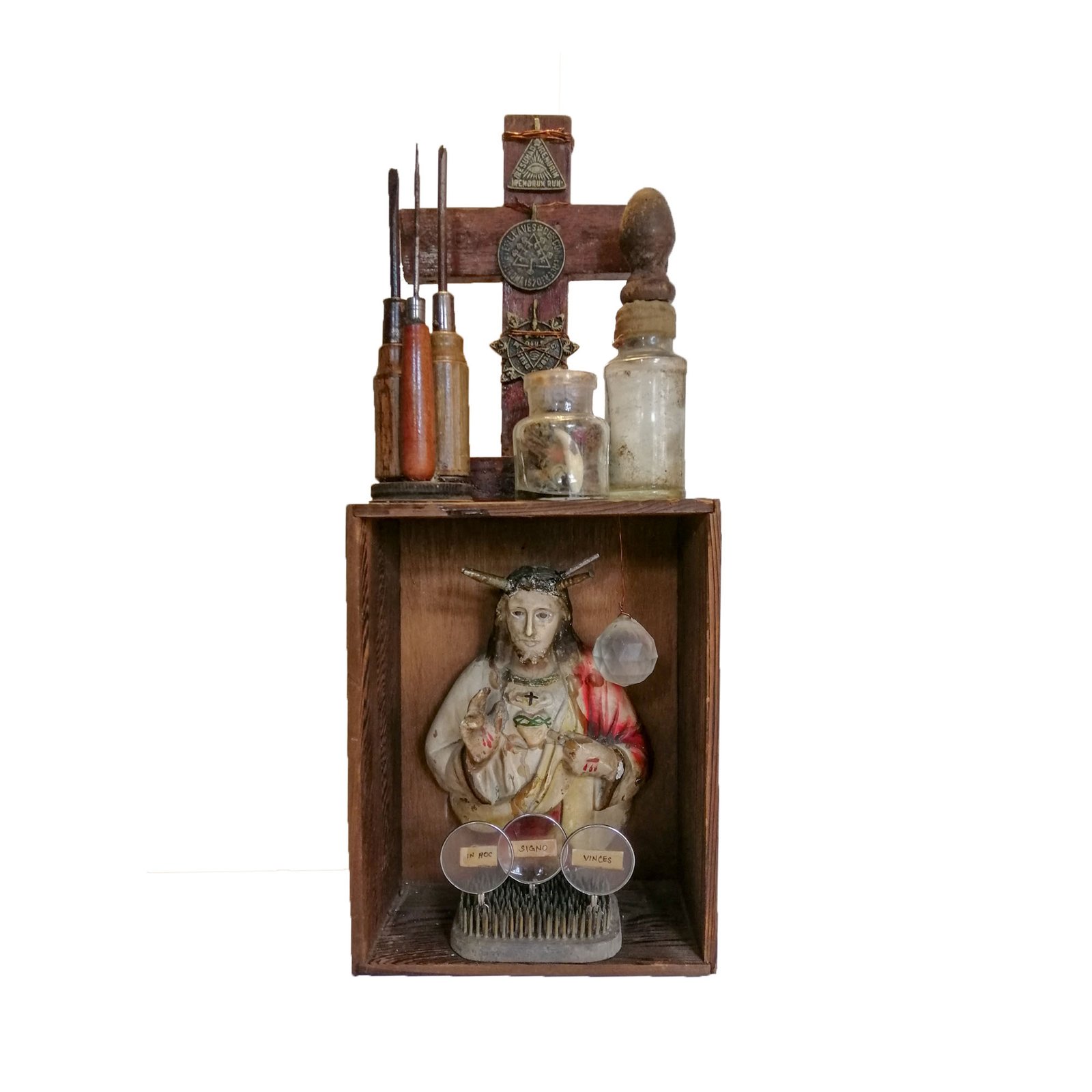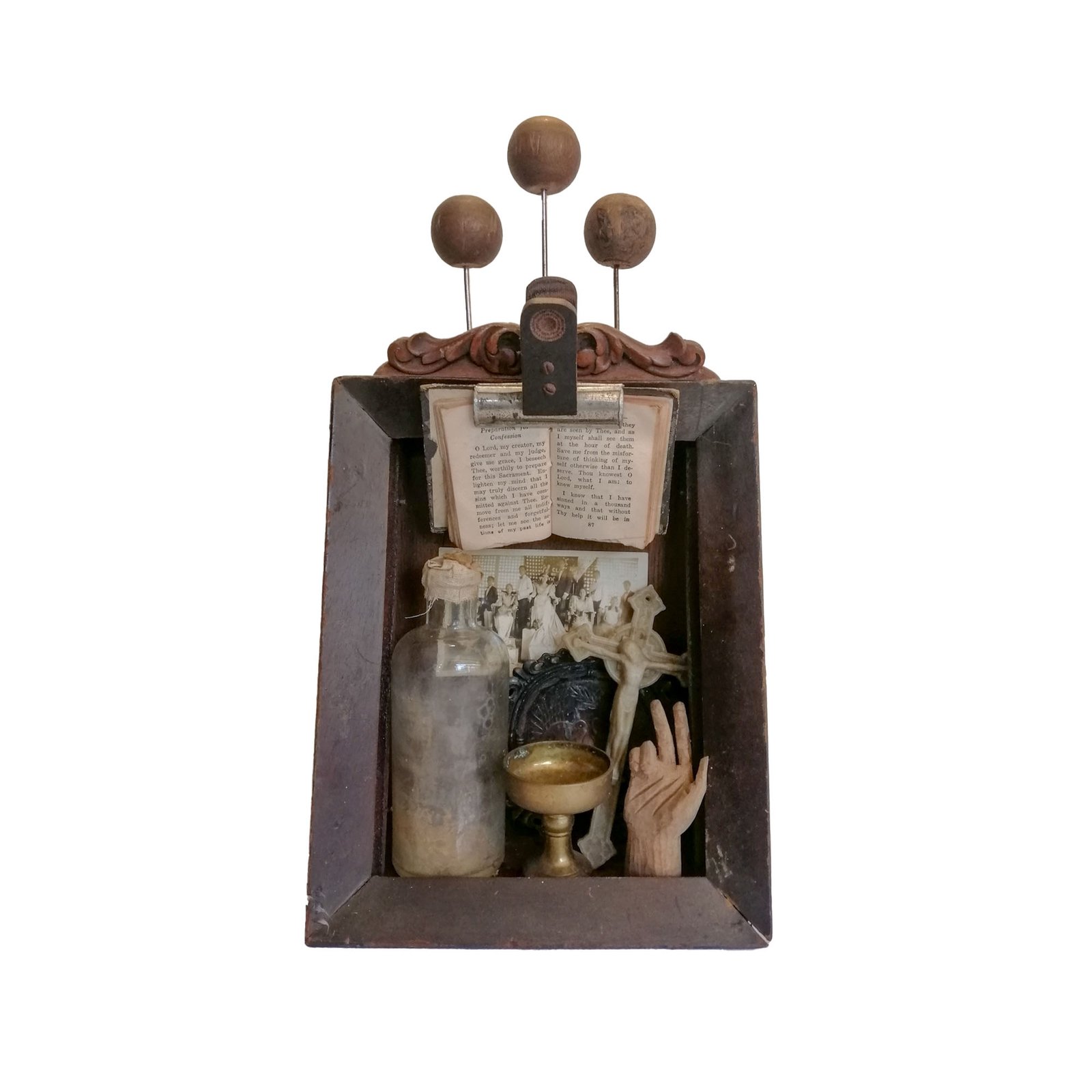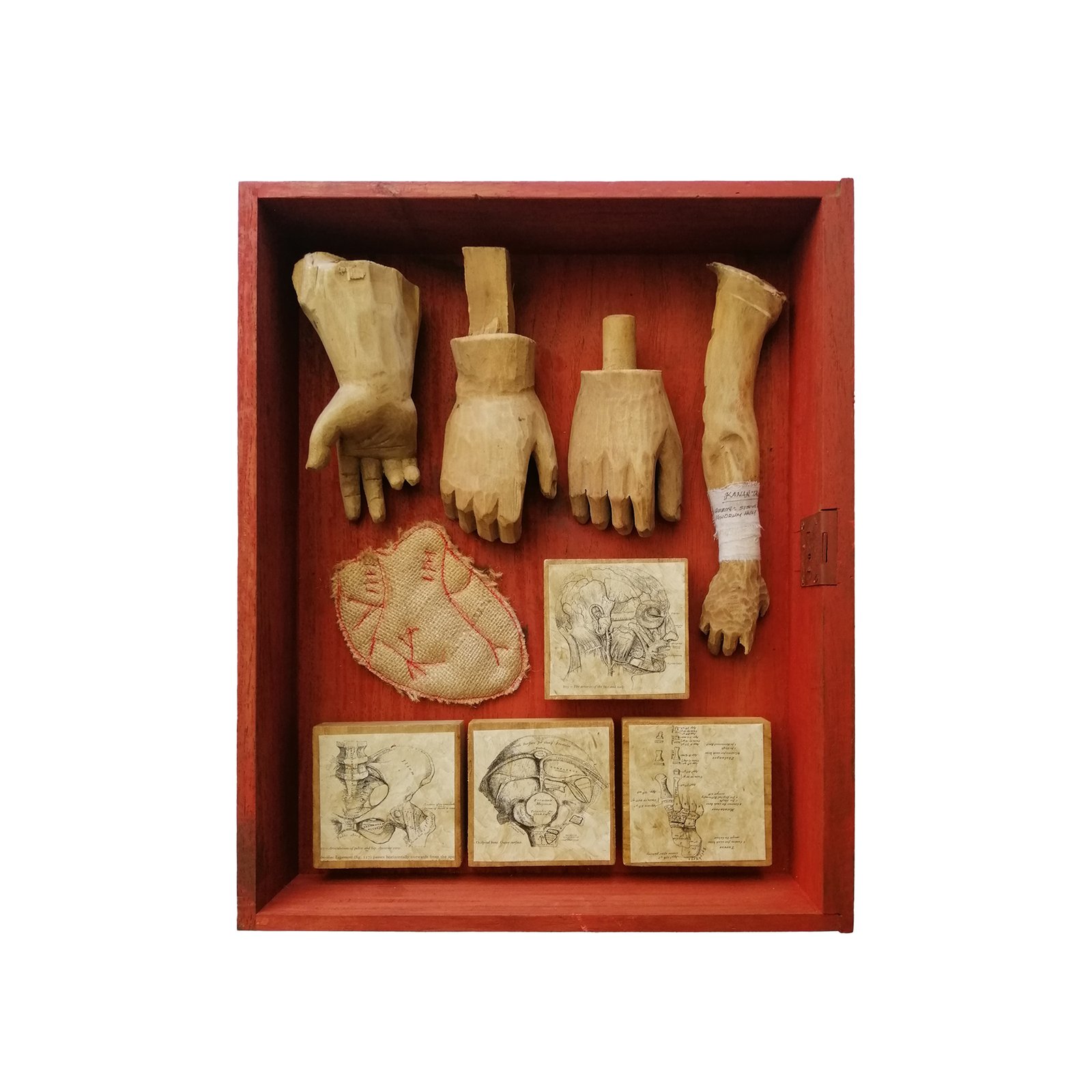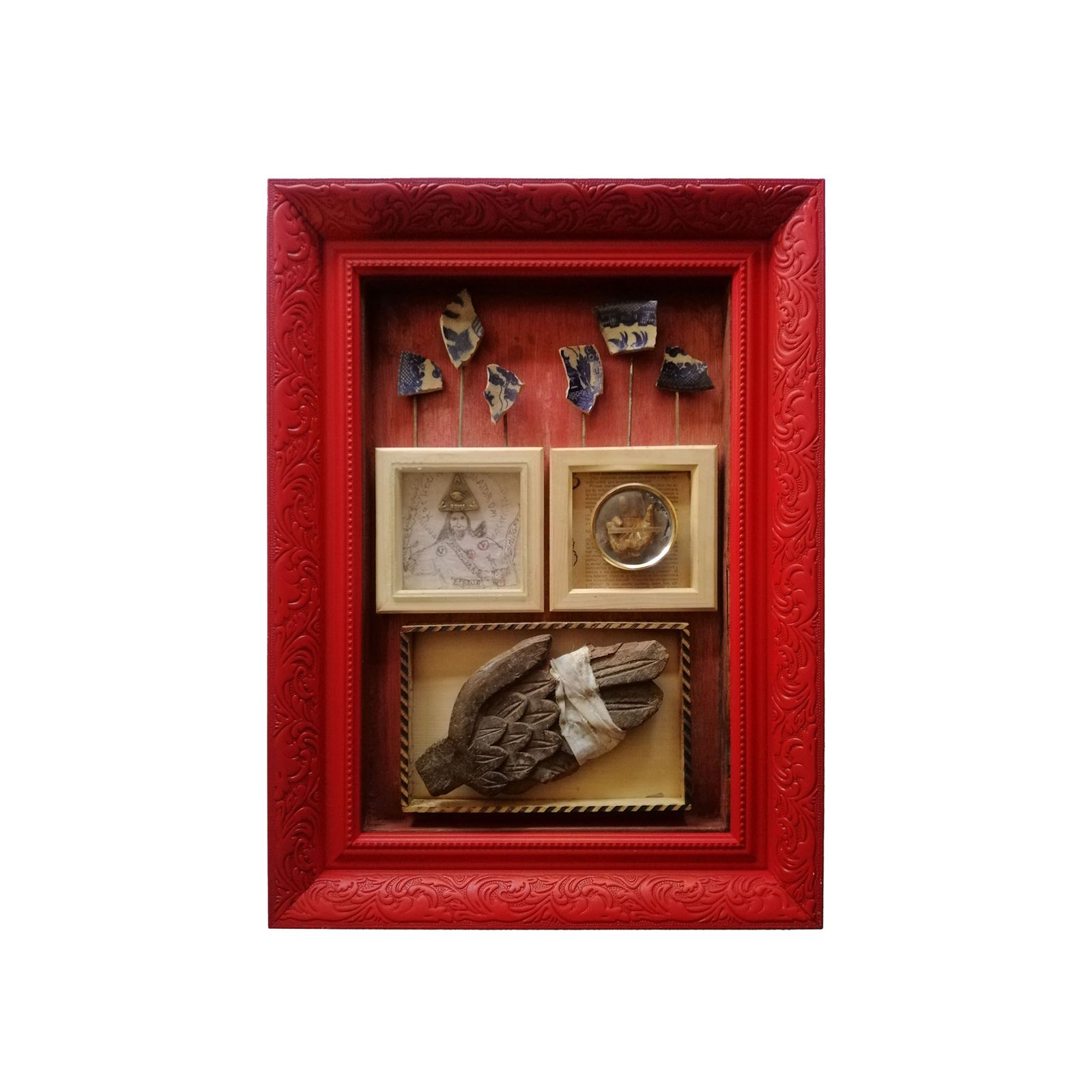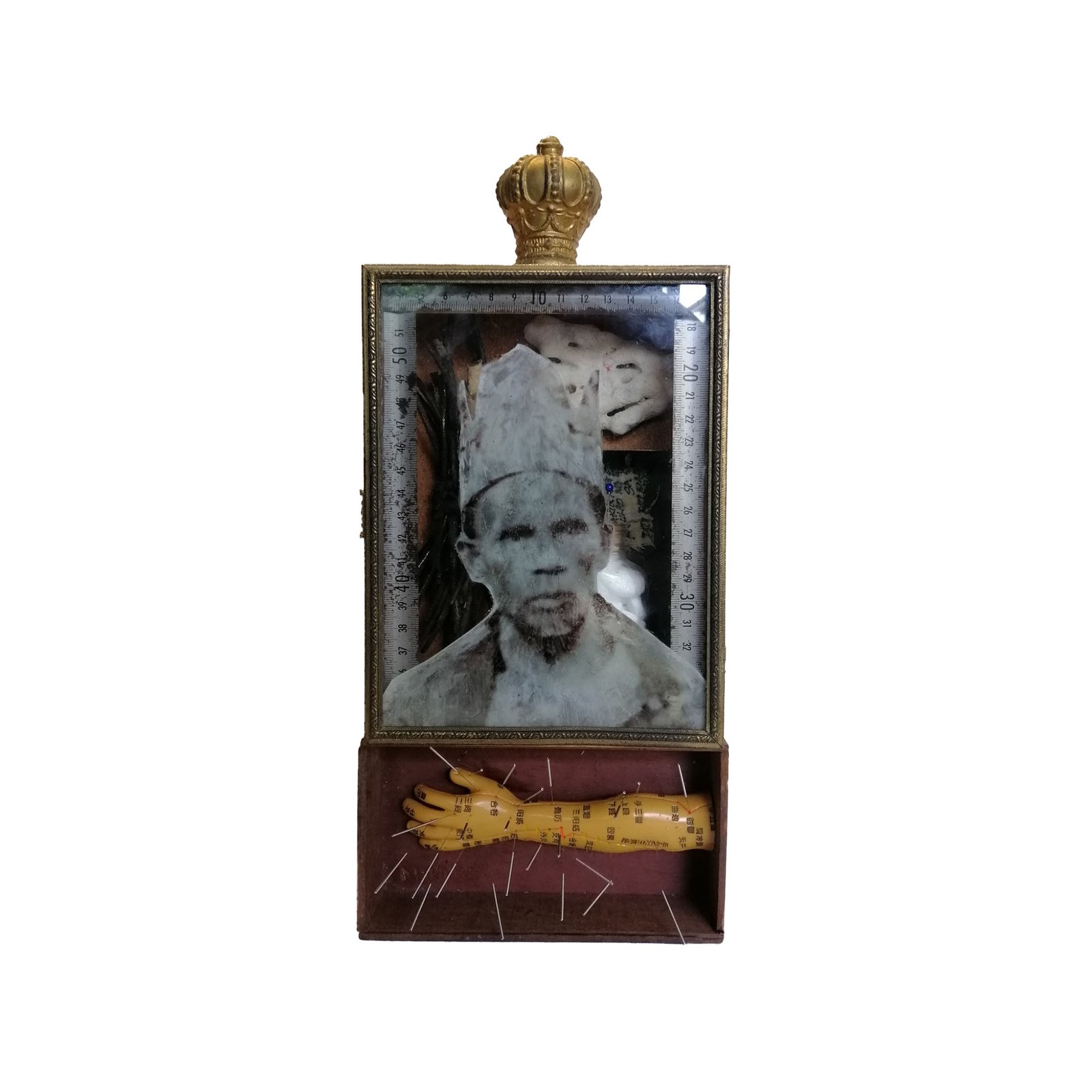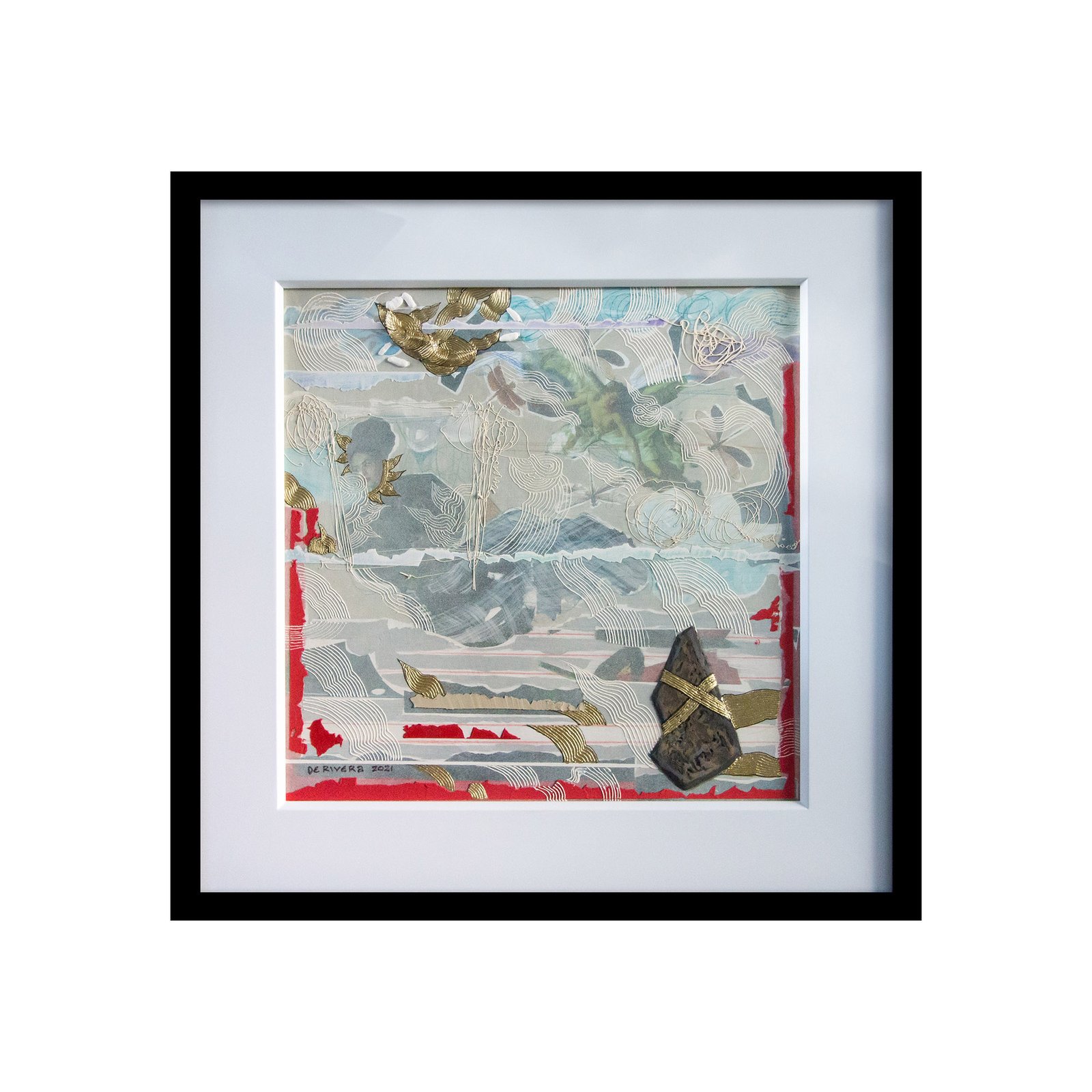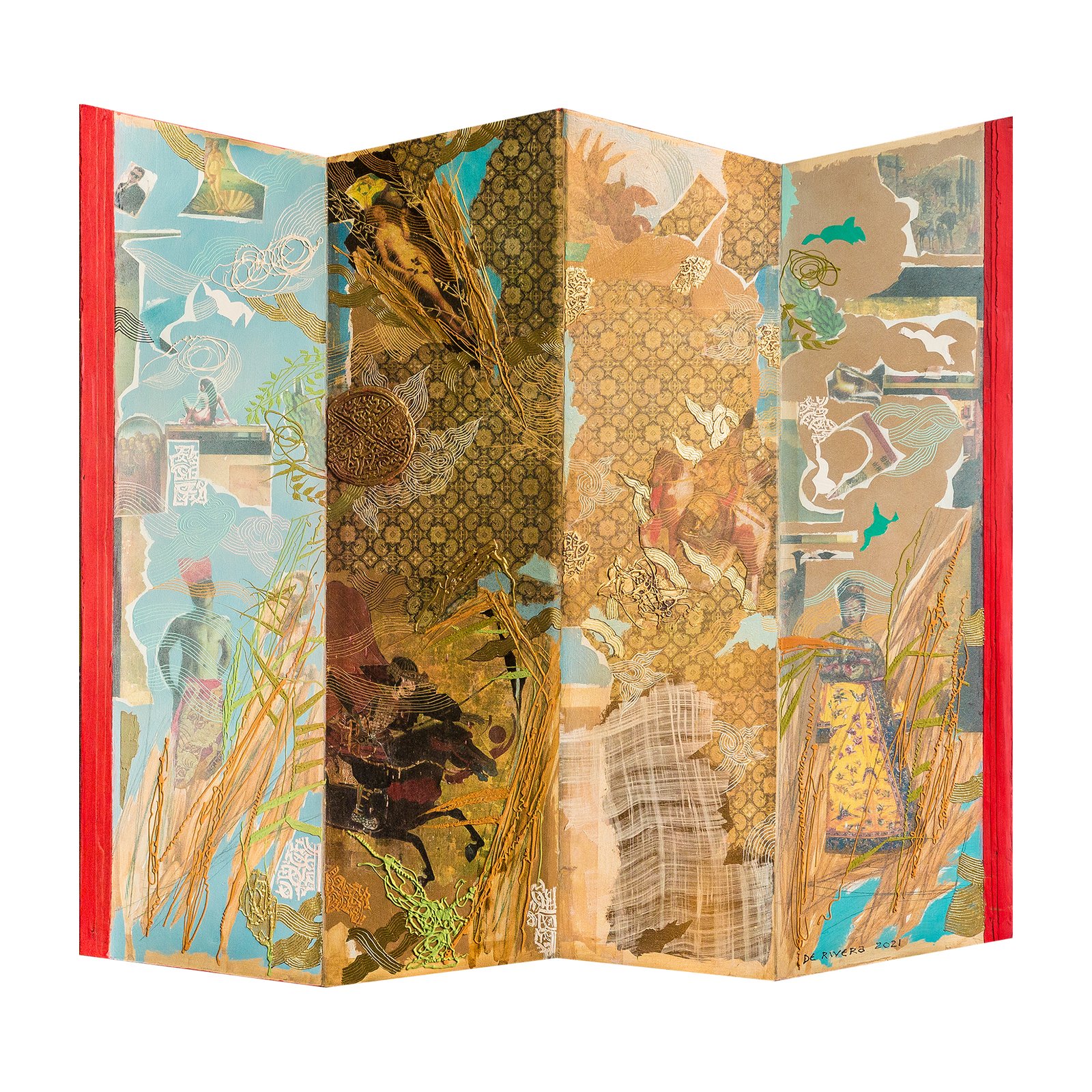Custodian of Power Objects
Start
19 February 2022End
12 March 2022Artists
Glenn Martinez, Mario de Rivera
As a passionate advocate of local heritage and cultural travel, Glenn Martinez has amassed objects that touch on nostalgia and various aspects of culture from his sojourns over the past decade. By often mixing unrelated objects and combining them in unexpected ways, these materials become the corpus of his art: the assemblage.
He pays homage to the 19th century curiosity cabinets, which were meant to showcase the world as recreated, reinterpreted and revealed by travelers from the Age of Discovery. His works are also inspired by artists who made assemblage a personal visual diary and repository of memories: the shadow boxes of Joseph Cornell, box constructions of Hannelore Baron, dioramas of pre-loved objects that Norberto “Peewee” Roldan sourced from segunda mana shops around his neighborhood in Quezon City, and the dignified collage of fragments and found objects of Christina “Ling” Quisumbing Ramilo.
Another source of inspiration is Mario de Rivera, whose work is included in the exhibit. Rivera has been described as creating paintings with “sumptuous imagery, colors and textures, but an amalgam that provides a hint to the Filipino psyche” by renowned art critic Alice Guillermo. His rich visual imagery, embellished with Philippine ethnic iconography, Byzantine saints, and delicate fabric, is at home with Martinez’ creative accoutrements.
In Philippine art, assemblages are utilized to promote critical thinking and to revisit historical lies and half-truths that influence people’s faith, values, and ways of thinking. For instance, in the controversial installation work of Mideo Cruz that used icons held sacred by the society, he criticized institutional doctrines and the ironies that resulted from their preaching. The same with Alwin Reamillo who intuitively deconstructs colonial artifacts to create mixed-media assemblage pieces that provoke introspection about the present generation’s concept of patriotism, nationhood and freedom.
In this exhibition, Martinez combines miniature bas-reliefs, religious sculptures, reliquarios (relic holders), ex-votos, and anting-antings inside his museum boxes to create mini-retablos, altars and make-shift shrines. The artists reinterprets these power objects that animistic societies used for healing, rituals, divining destiny and as sources of good luck and protection.
By putting these power objects together, Martinez focuses an appreciative lens on the syncretic nature of our culture, and invites us to explore the underlying belief systems which coexist in the melting pot that is the Filipino psyche.



